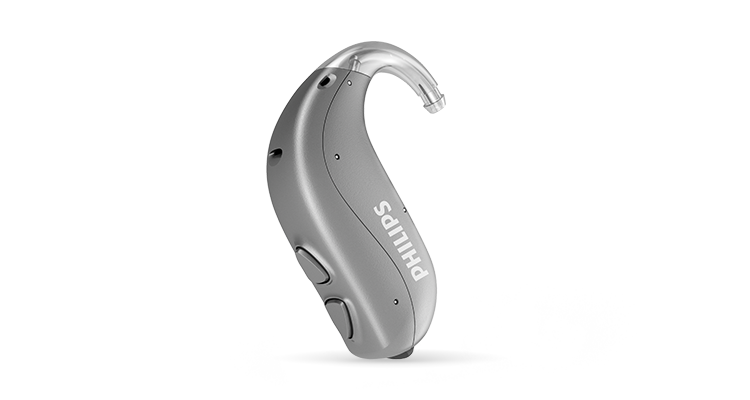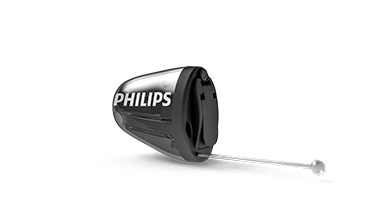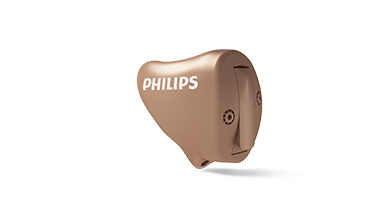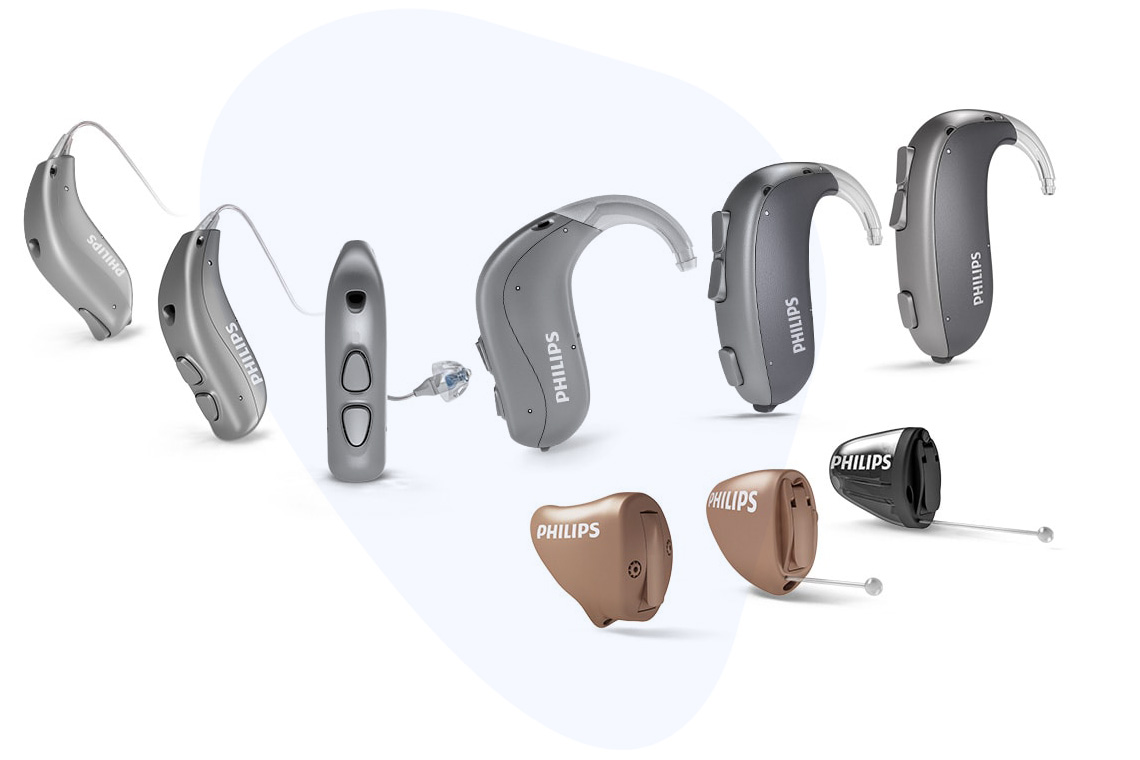Explore which Philips HearLink
is best for you
Hearing aid types
Hearing aids today are customized to best fit your personal needs and preferences. Hearing aids are worn either behind the ear or in the ear. They vary in style, color and functionality. When selecting your hearing aids, several aspects come into play. Your hearing care professional will help you choose the right style depending on the degree of your hearing loss and your individual preference for form, function and color. Hearing aids today can also be connected to a range of multimedia devices including your cell phone, TV and tablet.
![x750x400_introbanner_2-11[1]](https://hearingaids.com.cy/wp-content/uploads/2023/02/x750x400_introbanner_2-111.webp)
![xhearing_aid_types_750x5001[1]](https://hearingaids.com.cy/wp-content/uploads/2023/02/xhearing_aid_types_750x50011.webp)
Rechargeable hearing aids
Rechargeable hearing aids are considered more convenient because they can save you time and money on changing disposable batteries. They are powered by an internal rechargeable battery that you can charge by placing your hearing aids into one of two types of chargers. The desktop Charger which is great for at home use or the portable Charger Plus for on the go. A Philips HearLink hearing aid is rechargeable if it has an “R” in the title, which stands for rechargeable. Philips HearLink rechargeable devices include the miniRITE T R and the miniBTE T R hearing aid styles.
Non-rechargeable hearing aids
Non-rechargeable hearing aids use batteries that need to be replaced every five to seven days, to ensure your hearing aid is fully powered. Batteries can be purchased at a hearing clinic, in other types of stores and can also be purchased online.
![xhearing_aid_mnr_t_r_750x5001[1]](https://hearingaids.com.cy/wp-content/uploads/2023/02/xhearing_aid_mnr_t_r_750x50011.webp)
![xear_bte_center_imagespot_750x400[1]](https://hearingaids.com.cy/wp-content/uploads/2023/02/xear_bte_center_imagespot_750x4001-2.webp)
Behind-the-ear hearing aids
Behind-the-ear (BTE) hearing aids are worn on the outside of the ear. The main part of the hearing aid sits behind the upper part of the ear. The part going into the ear defines the two different types of behind-the-ear hearing aids. The traditional BTE has the speaker behind the ear in the main part of the hearing aid and the sound arrives into the ear through a tube. The receiver-in-the-ear (RITE) hearing aids have the speaker directly in the ear.

BTE
These hearing aids can fit the largest range of hearing losses, up to profound hearing losses. They are robust and easy to handle.

RITE
This kind of hearing aid can have different speakers for mild to severe hearing losses. RITEs are small and barely visible.
In-the-ear hearing aids
In-the-ear (ITE) hearing aids are worn in the outer ear and ear canal. They are customized solutions by taking an individual ear impression to build the hearing aid. There are different styles and options available. The invisible-in-the-ear (IIC) hearing aids, the completely-in-the-canal (CIC) hearing aids, and the in-the-canal (ITC) hearing aids sit in different positions in the ear canal.
![xear_ite_center_imagespot750x400[1]](https://hearingaids.com.cy/wp-content/uploads/2023/02/xear_ite_center_imagespot750x4001.webp)

IIC
This hearing aid style is for mild to moderately severe hearing losses. It is worn deeply inside the ear canal and is practically invisible.

CIC
This hearing aid style is for mild to moderately severe hearing losses. It is worn completely in the ear canal and is barely visible from the outside.

ITC
This hearing aid style is for mild to severe hearing losses. It is worn in the ear canal and is visibly discreet. Due to its slightly larger size, it is possible to build in different controls to support ease of use.

Philips HearLink comes
in a range of styles and colors
Everyone’s hearing loss is different, and our hearing aids are customized to best fit your personal needs and preferences.